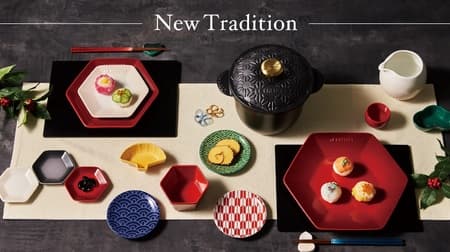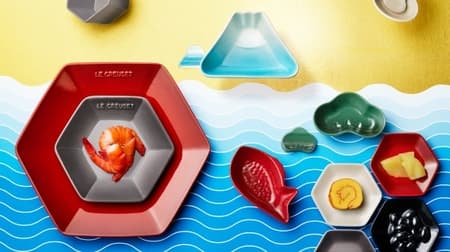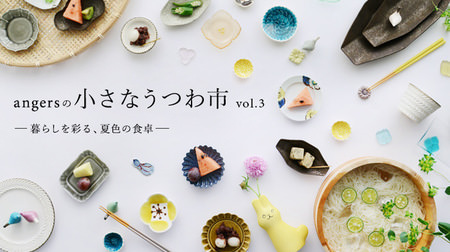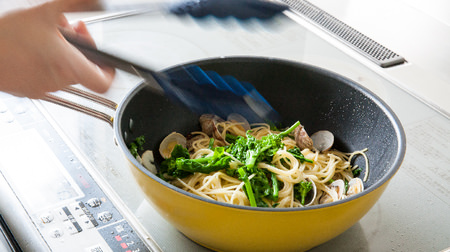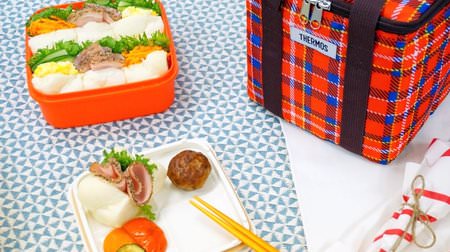On the other hand, forks and knives optimized for eating steak are not suitable for eating wakame seaweed and natto.
Japanese food is booming in Europe and the United States. As in the past, more and more people are reaching out to deeper menus as well as the standard Japanese food such as sushi, sukiyaki, and pork cutlet. However, for such a person, eating with chopsticks is quite a hurdle. Even if you can grab sukiyaki meat and sushi, many people find it impossible to grab meat potatoes, onions, and toppings of green peas with chopsticks.
Michel Ina from Nicaragua has developed and patented "Stik Chops" chopsticks that can be used by such people in the United States.
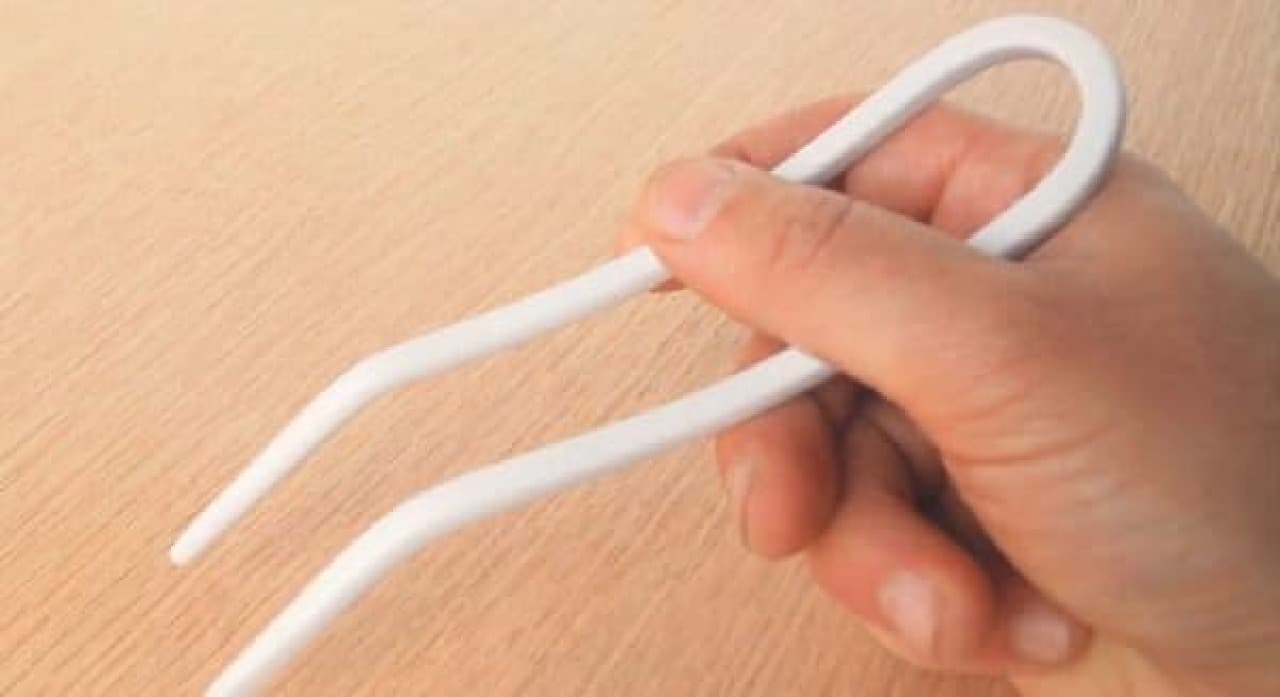
To use the chopsticks correctly, fix the lower chopsticks with your ring finger and thumb. You need to pinch the upper chopsticks between your middle finger and index finger and move them up and down. However, for a foreigner who grew up in a culture of "one knife in his right hand", manipulating two sticks with one hand is more difficult than the Japanese can imagine.
"It's like training an instrument."
Some Americans said so.
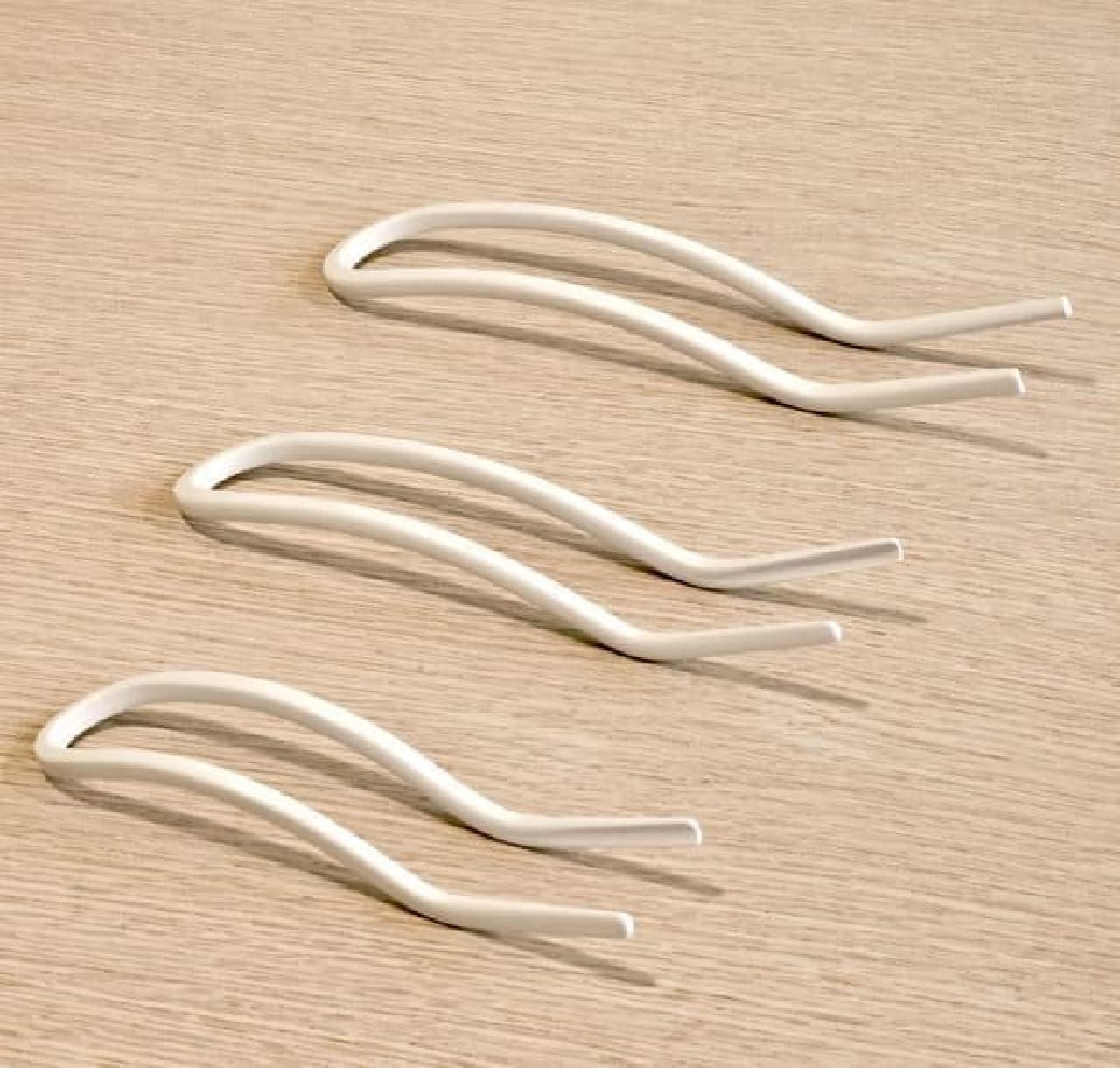
"Stik Chops" are chopsticks that solve the difficulty of "manipulating two sticks with one hand". The upper and lower chopsticks are connected at the top, so you won't drop either chopstick. Also, since the heavens are springs, the most difficult operation for foreigners to "pinch the upper chopsticks and move them up and down" is simplified to "push the upper chopsticks down". This would be easier to learn than regular chopsticks.
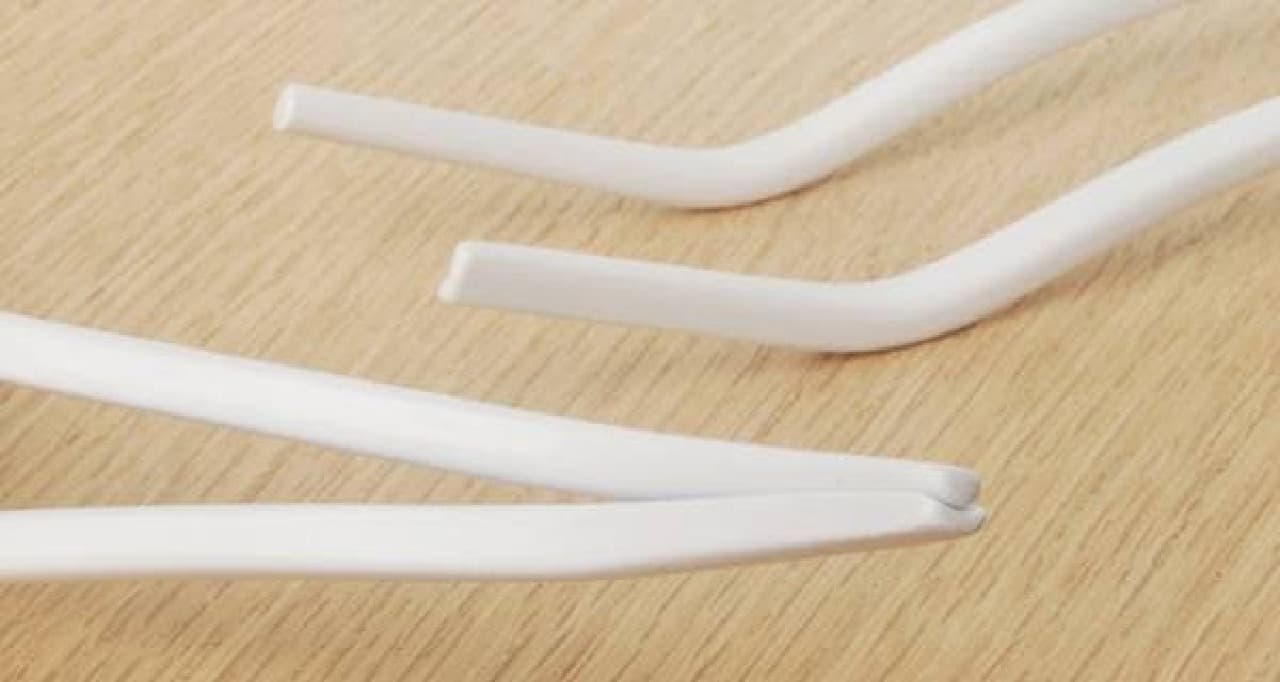
Also, if you practice general chopsticks after continuing to use "Stik Chops", it seems that you will be able to learn chopsticks much easier than trying ordinary chopsticks from the beginning. "Stik Chops" may be suitable as a practice tool for Japanese people who cannot use chopsticks properly even when they grow up.

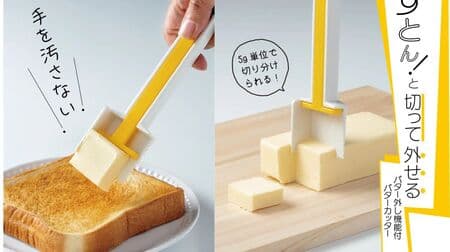
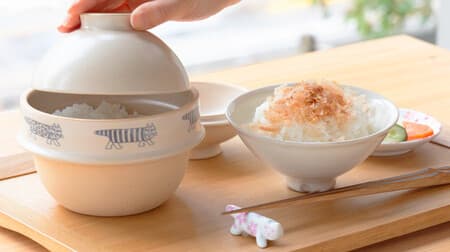
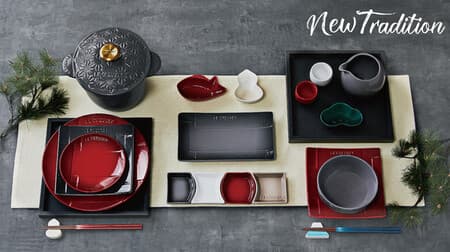

![[Hundred yen store] Adult-like cuteness ♪ 3 types of cat chopstick rests --Make your dining table chic](https://image.enuchi.jp/upload/articles/11205/c7ac52516742926513589cb1a314aaad_special.JPG)
